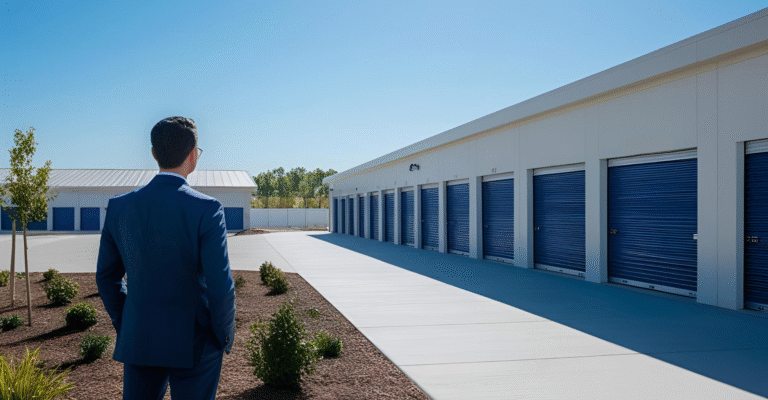Self Storage vs The World: How It Stacks Up Against Other Real Estate Plays
When most people think about investing in real estate, they picture apartment buildings, office towers, or maybe a small portfolio of single-family rentals. Self storage rarely comes to mind first, but that’s beginning to change. As investors seek out income-producing assets that are both resilient and operationally efficient, self storage has emerged as a compelling alternative. To understand why, it helps to compare it to other sectors in the real estate landscape.
Multifamily properties have long been a staple of real estate portfolios. They offer steady demand, are relatively well understood, and are often backed by favorable financing options. However, they also come with heavier operating costs and tenant management burdens. In contrast, self storage facilities can operate with far fewer employees, lower capital expenditures, and shorter lease terms, giving owners more flexibility to adjust rents and manage turnover.
Office buildings represent another major real estate category, but one that has faced significant challenges in recent years. Remote work, changing tenant preferences, and shifting urban dynamics have created volatility in office demand. Self storage, by comparison, is less vulnerable to macro workplace trends. While the office sector can be rewarding for those who time it well, self storage offers a more stable and predictable path for many investors.
Industrial real estate has been a standout performer, especially with the rise of e-commerce and the need for logistics hubs. It shares some common traits with self storage, such as strong demand drivers and scalable operations. However, industrial spaces typically require longer lease commitments and larger tenants, which may reduce flexibility in a downturn. Self storage, with its short lease terms and fragmented user base, can often adjust more quickly when market conditions shift.
Retail properties offer a mix of possibilities depending on the location and tenant mix. Prime urban retail can generate strong returns, but it also carries risk tied to consumer behavior and broader economic conditions. Self storage benefits from more stable demand drivers, such as life events and small business needs. While retail landlords may worry about foot traffic and store closures, self storage owners focus more on convenience, pricing, and occupancy trends.
From an operational standpoint, self storage tends to be less intensive than residential or retail. There are no kitchens or bathrooms to maintain, no nightly turnover like in short-term rentals, and fewer emergency repairs. This lean operating model means investors may benefit from stronger net operating margins and less day-to-day complexity. Technology has also played a role in simplifying operations, allowing some storage facilities to run nearly unmanned with digital access and automation.
Another consideration is tenant behavior. In multifamily and retail, delinquency can have immediate and costly implications. Evictions or rent relief can drag on profitability. Self storage operates under a different legal framework, often allowing for quicker remedies in the case of nonpayment. While it is never ideal to lose a tenant, the costs of re-leasing a storage unit are usually far lower than turning over a residential apartment or commercial suite.
From an investor’s perspective, the capital stack and risk-return profile of self storage can also be attractive. While the asset class has historically flown under the radar, it has demonstrated consistent performance across economic cycles. This has attracted a growing number of institutional and individual investors looking for yield without excessive exposure to volatility. Because the space is still fragmented, many deals also come with value-add potential, offering upside for hands-on investors or experienced operators.
Liquidity is a shared challenge across all private real estate asset classes. Self storage is no exception, though increased interest in the sector has created more avenues for recapitalization, portfolio sales, and secondary trading. While it may not offer the same visibility as a large office building or apartment complex, self storage has built its own credibility over time through reliable results. Platforms like StorageTrader are helping to bridge the gap between sponsors and investors, creating more transparent access to this historically overlooked sector.
Choosing the right real estate investment depends on your goals, risk tolerance, and time horizon. Self storage is not inherently better than multifamily, industrial, or retail, but it does offer a different blend of stability, efficiency, and growth potential. For many investors, it plays a complementary role within a broader portfolio. As access improves and the market matures, self storage deserves to be considered alongside the more traditional pillars of real estate investing.








